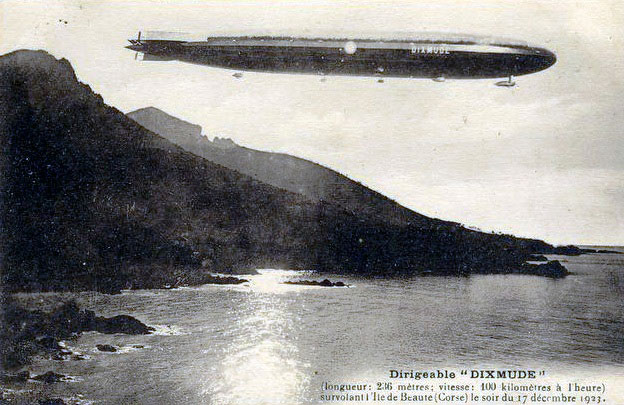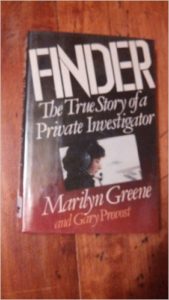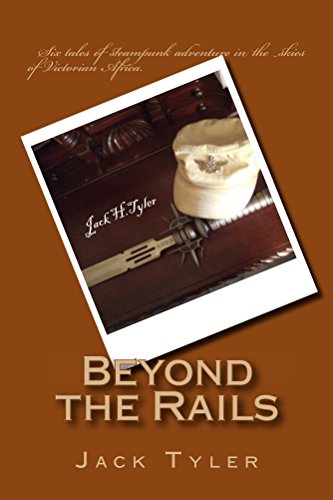We are three days into the new year. There are 355 days until Christmas. Just in case anyone was curious. Most of us aren’t quite yet looking in that direction. We’re still making the adjustment from 2016 to 2017, still writing 2016 half the time on whatever we need to date. So I’m going to take one more look back at 2016 before I shove off on my 2017 adventure.
For me, 2016 was a good year. Especially in the reading department. I read some really great books and stories. There are a lot of good writers out there. I mentioned a few in a previous post. Classics, new releases, traditionally published, and self-published. In fact, I was very impressed with most of the self-published books I read.
At the end of this post, I give you my list of 2016 reading material in case you want to check out some of the great reads I came across; links are included where available.
Today, I want to highlight for you what I thought were the best of the lot, the cream on the milk.
Non-Fiction
I read a lot of non-fiction in 2016. Most of it was in the form of online articles as part of my research for my books. I did, however, read two non-fiction books out of general interest in the subject matter.
The more enjoyable of the two was E.M. Maitland’s The Log of HMA R34: Journey to America and Back. This book is a day by day and sometimes hourly by hourly chronicle of the historic 1919 round trip flight of the rigid airship R34. The R34 was the first aircraft to make the difficult east to west flight across the Atlantic from Europe to America and was the first to make a complete round trip. Her flight demonstrated that trans-Atlantic commercial flight was possible.
Commodore Maitland’s style is at once informative, lively, witty, and entertaining. Making it an excellent travelogue.
The book is available for free and every airship enthusiast and armchair traveler should have a copy.
Short Stories
I love short stories. Perhaps more than novels. Even in a good novel, my interest at time lags. Especially when the author hits a dull patch of road, which inevitably happens. Sometimes even with the best of writers. Rarely does that happen, in my experience, with a short story. Even a mediocre one.
All of the short stories I read this past year were good. The ones of exceptional merit (aside from generally recognized classics) were
“Wasteland” by R Entwisle
“SoulWave” by RR Willica
“The Garden and the Market” by Richard B Walsh
“The Room that Swallows People” by G Jefferies
“Cinder” by Crispian Thurlborn
Of those five excellent tales, I do want to single out “Cinder” by Crispian Thurlborn. It is an exquisitely lyrical story of terror that is replete with haunting atmosphere, incipient dread, and unrelenting suspense. It is by far one of the most well-crafted stories I’ve read in a long time.
But do check out the other 4 on the above list. They are all well-written, imaginative (especially “SoulWave”), and prove that indies can give us a story as good as any publisher or magazine editor can.
Short Story Anthologies
Anthologies are at best uneven. Even if the stories are by a single author. No one is consistently at his or her best. And that goes without saying for the 4 anthologies I read.
On the whole, they were good and are worth getting. The one I enjoyed the most was The Spike Collection by Martin Skate. Mr Skate’s hilarious slice of life vignettes are highly entertaining. A collection not to be missed.
Novels
The two dozen novels I read were a mix of speculative fiction, mysteries, humor, horror, and historical fiction.
There were two clunkers in the lot: Twenty Thousand Leagues Under The Sea by Jules Verne, and The Time Machine by HG Wells.
The Verne novel was my third reading. The first time, when a kid, I love it. The other two reads were as an adult. The old translation was ponderous and boring. The modern translation was better, conveying some of Verne’s humor, but the story remained dull and boring.
The Wells story was my second time through. Dry as two day old toast. Endless description, little action, and the only character I cared about, Weena, the author did not. Thoroughly and hopelessly dated. The movie was better.
On the Beach by Nevil Shute was at times slow and almost dull. And then Shute uncorks the most emotionally moving conclusion I think I’ve ever read. It literally had me sobbing. Powerful is wholly inadequate to describe it.
John Wyndham’s cozy catastrophe, The Day of the Triffids, was at once a testament to the dangers inherent in our monkeying around with Mother Nature and to our penchant for creating weapons of self-destruction — as well as to our unrelenting will to survive and better our lot. A classic and deservedly so.
There were, however, a few books that were on the top of the pile. Books that were thoroughly entertaining or thought-provoking. Well crafted tales that prove the Big 5 publishers do not have a corner on giving us good books.
These indie authored gems were
Banana Sandwich by Steve Bargdill
Wasteland by Steve Bargdill
Daddy’s Girl by Ben Willoughby
Death of an Idiot Boss by Janice Croom
Bargdill’s two books are dark and gritty mainstream novels that give us plenty of food for thought. At the same time there is humor and hope. Well crafted. The Big 5 are missing out here.
Willoughby’s ghost tale is suspenseful and has a happier ending than many such tales. For those who like their terror not so dark, Daddy’s Girl fits the bill perfectly. Willoughby’s style is lean. Not excessive. He gives us just the right amount to produce the desired effects. I’m looking forward to reading more from this guy.
Death of an Idiot Boss by Janice Croom has one of the best titles I’ve come across in a long time. But the goodness doesn’t stop there. We get a hilarious, at times thought-provoking, good old-fashioned whodunit and a memorable protagonist in Kadence MacBride. Croom is a very good writer and I’m looking forward to reading more of Kadence’s adventures.
Don’t miss any of these novels. Really. Don’t miss out.
Hopefully I’ve sown a few seeds for your 2017 reading. Let me know what you’ve read. I’m always looking for a good book.
The Bibliography
Non-Fiction
The Log of HMA R34: Journey to America and Back by EM Maitland
How to Write a Sizzling Synopsis by Bryan Cohen
The Journal of Submarine Commander von Forstner by Georg-Gunther Forstner
Short Stories
“Curse Upon a Star” by Sylvia Heike
“Goodbye, Sunshine” by Sylvia Heike
“The Red Lady’s Wedding” by Deina Furth
“The Otherlife” by Dot Dannenberg
“The Adventure of the Fatal Glance” by August Derleth
“Wasteland” by R Entwisle
“The TNT Punch” by Robert E Howard
“The Highway” by Ray Bradbury
“Hills Like White Elephants” by Ernest Hemingway
“The Garden and the Market” by Richard B Walsh
“Test Piece” by Eric Frank Russell
“Bone White” by Sarah Zama
“SoulWave” by RR Willica
“Confession” by Micah Castle
“The Room That Swallows People” by G Jefferies
“Ghost Carp” by G Jefferies
“Cinder” by Crispian Thurlborn
Short Story Anthologies
Defiant, She Advanced: Legends of Future Resistance, ed. by George Donnelly
Oriental Stories: Five Complete Novelettes by Robert E Howard
The Spike Collection by Martin Skate
Den of Antiquity by Jack Taylor, et al
Novels
Catherine, Called Birdy by Karen Cushman
Banana Sandwich by Steve Bargdill
Twenty Thousand Leagues Under the Sea by Jules Verne
Wasteland by Steve Bargdill
After London, or Wild England by Richard Jefferies
Daddy’s Girl by Ben Willoughby
The Day of the Triffids by John Wyndham
The Time Machine by HG Wells
On the Beach by Nevil Shute
Deluge by S. Fowler Wright
The Killings at Badger’s Drift by Caroline Graham
Death of an Idiot Boss by Janice Croom
Beyond the Rails by Jack Tyler
Perilous Ping by William J Jackson
Killing Floor by Lee Child
Die Trying by Lee Child
China Trade by SJ Rozan
Start Right Here by Martin Skate
Concourse by SJ Rozan
This Doesn’t Happen in the Movies by Renee Pawlish
Reel Estate Rip-Off by Renee Pawlish
Mandarin Plaid by SJ Rozan
Dawn by S. Fowler Wright
Dust and Kisses by Dean Wesley Smith
Mincemeat Pie Update
I made my mincemeat pie using Crosse and Blackwell mincemeat. I have to say None Such brand is better. The saving grace was the brandy butter. 🙂 Brandy butter is easy to make: cream together butter, sugar, and brandy. Voila!
Until next time, happy reading!!
Share This!




